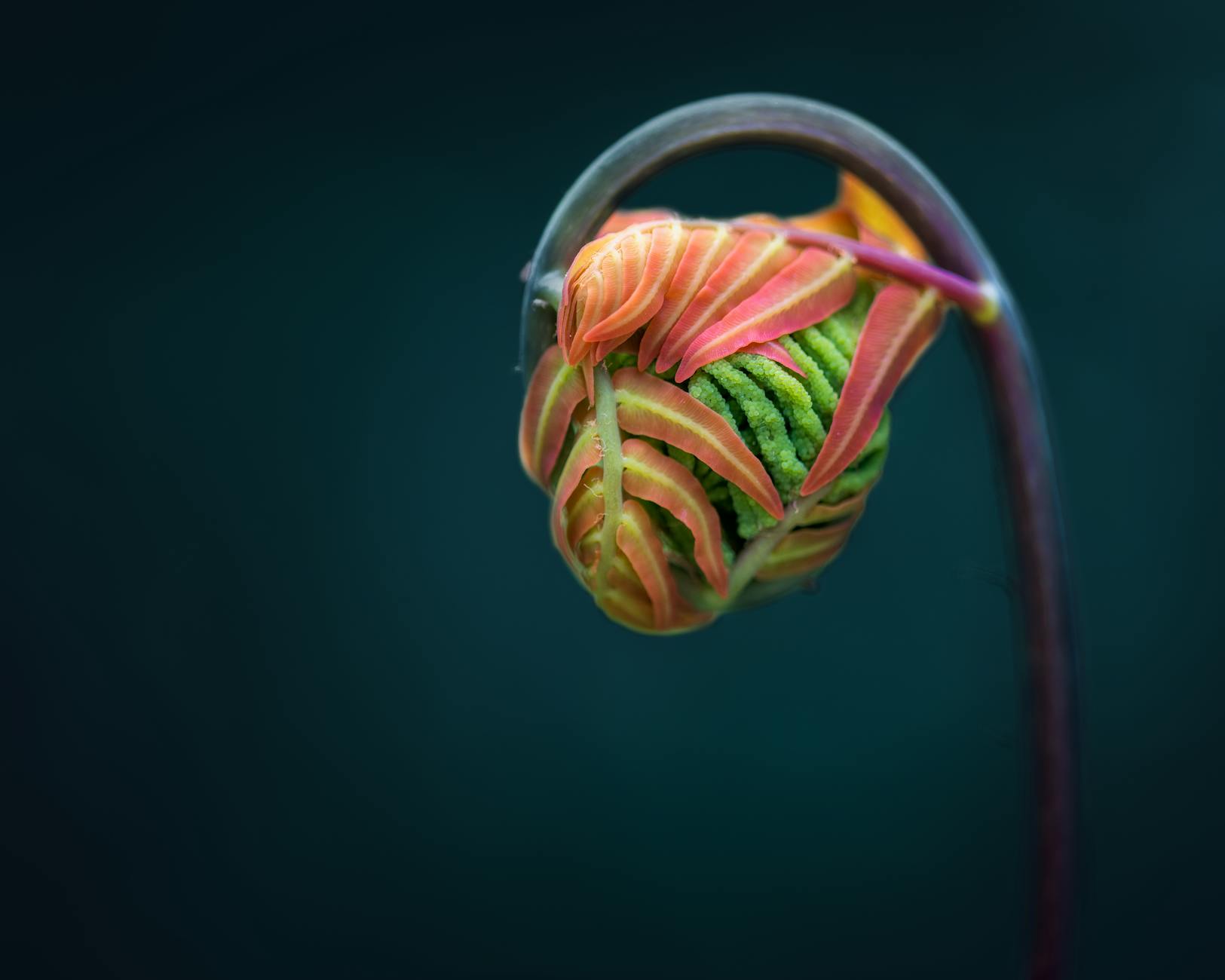There’s no denying that cannabis has delved and meandered its way into various corners of our society, not least of which is popular culture. As an emblem of freedom, rebellion or pure leisure, cannabis has been represented in various forms across movies, music, art, literature, fashion and themed events.
Cannabis in movies has become notably prevalent in the last couple of decades, creating a popular sub-genre of ‘stoner films’. They range from comedy classics like “Cheech & Chong’s Up in Smoke” and “The Big Lebowski,” to more subliminal appearances in mainstream movies. These films not only entertain but also explore the complex social, legal, and personal interactions with cannabis.
Celebrities and marijuana also share a rather open relationship. From the memorable moment of Willie Nelson lighting up on the roof of the White House, to Seth Rogen’s well-documented passion for pot, many famous faces have helped destigmatize the plant. In fact, some celebrities like Snoop Dogg and Martha Stewart have gone beyond mere endorsement, entering the cannabis business with their own brands.
Indeed, cannabis in music is another influential facet of pop culture. From Bob Marley’s reggae anthems that emphasized marijuana as a vehicle for spiritual exploration, to the casual mention in numerous hip-hop and pop songs, the herb has become a regular feature in the world of melody and rhythm. In genres like reggae and hip-hop especially, references to marijuana serve as a social commentary, highlighting injustice of racial and socioeconomic inequality.
The stoner culture, once a largely underground sphere, has pervaded mainstream society over the past decade. Originating amongst the beatniks of the 1950s, it has since transcended into a lifestyle endorsed by many millennials and Gen Z-ers. At its core, stoner culture emphasizes good vibes, chilled music, and a break from the norm, with cannabis as the social lubricant.
Similarly, a rise in cannabis-themed events mirrors its growing acceptance. The annual 420 festival, a worldwide phenomenon, is a perfect example of the transformation in the societal perception of cannabis. Attendees from various walks of life, both enthusiasts and the curious, come together to celebrate and advocate for marijuana.
The presence of cannabis references in art, and more recently cannabis literature, underscores its social significance. From the surrealist works of the counterculture era to present-day graphic novels, cannabis has emerged as a motif imbued with varied interpretations. Famous works like “The Hasheesh Eater” by Fitz Hugh Ludlow and contemporary ones like “The Cannabis Manifesto” by Steve DeAngelo use cannabis as a major plot element, offering readers different insights into its usages and implications.
Visual representations of marijuana have also changed drastically over the years. From being demonized in early anti-drug campaign posters to being celebrated on the street art walls, marijuana imagery has evolved in parallel with prevailing societal attitudes.
In terms of fashion, cannabis has left its mark too. Cannabis fashion – from T-shirts displaying tongue-in-cheek marijuana puns to high-end accessories and paraphernalia – express consumer identity and belief in the plant’s potential. Designers like Alexander Wang and Jeremy Scott have incorporated cannabis motifs in their collections, cementing the plant’s position in haute couture.
In summary, there’s no doubt that marijuana’s presence in pop culture trends has played a significant role in shifting public opinion about the plant. The normalization and acceptance of cannabis are moving at an impressive pace – a trajectory carried along by a pop culture wave that shows no signs of slowing down. Today, cannabis stands as not only a botanical substance but also a cultural symbol, coloring our movies, music, literature, and lifestyle – one puff at a time.


